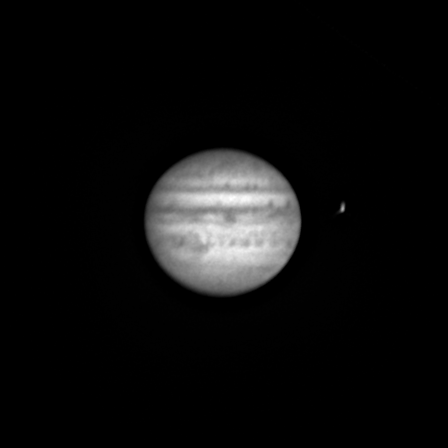-
The Horsehead Nebula
Read more: The Horsehead NebulaThe Horsehead Nebula, or IC 434, is a dark nebula in Orion constellation near the star Alnitak.
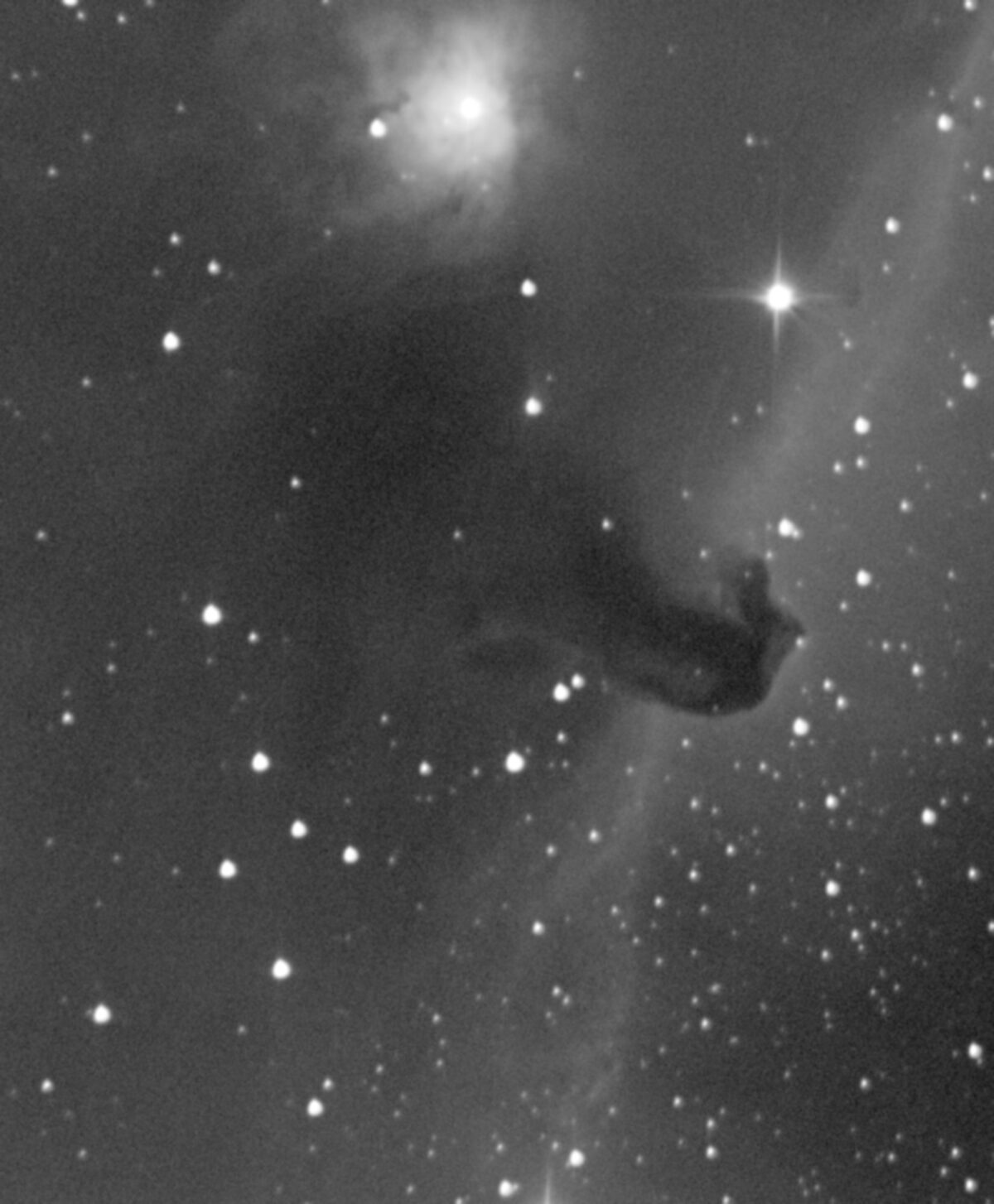
-
The Orion Nebula
Read more: The Orion NebulaThe Orion Nebula, or M 42 or NGC 1976, is a bright diffuse nebula just below the Orion belt at a distance of about 1300 years from us.
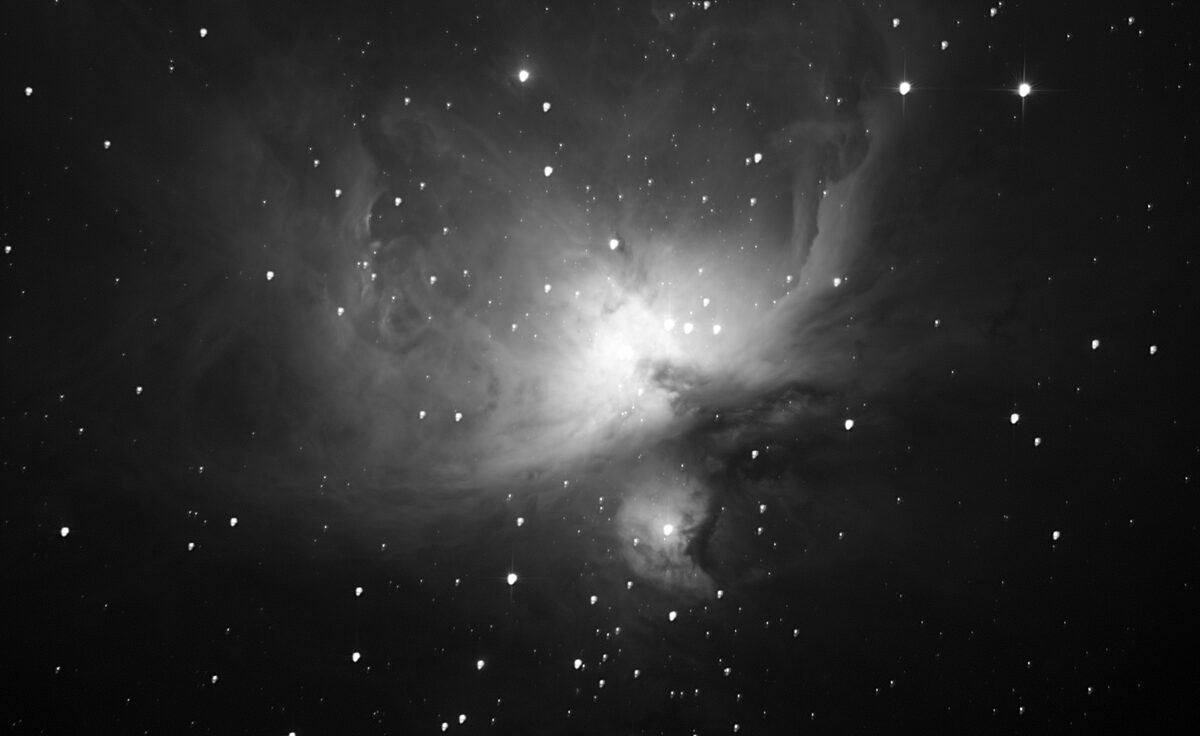
-
NGC 891
Read more: NGC 891NGC 891 is a spiral galaxy viewed from the edge in the constellation Andromeda; it is also possible to observe the lane of dark dust that crosses it in half.
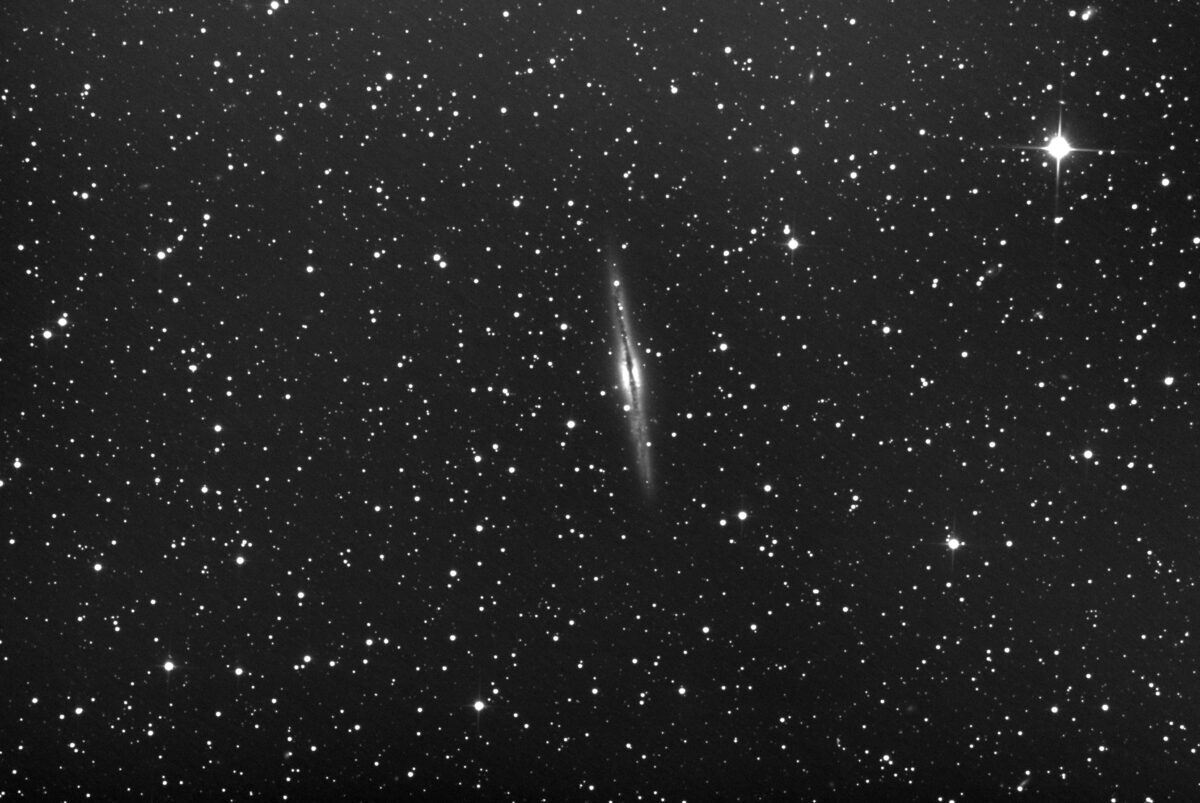
-
M 33
Read more: M 33M 33 or NGC 598 is a spiral galaxy in the constellation of the Triangle; it is relatively close to us and its apparent size is greater than that of the Moon, but it is almost impossible to see it with the naked eye due to its low brightness.
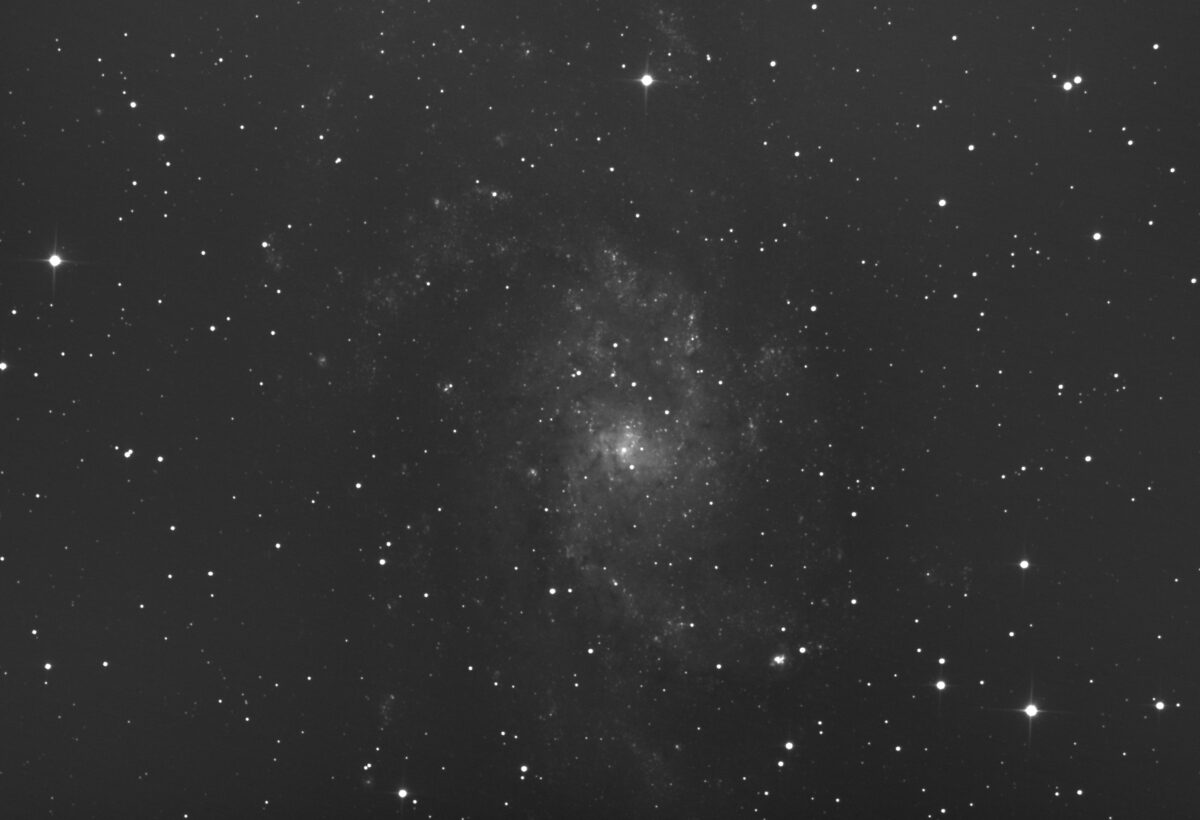
-
M 2
Read more: M 2M2 or NGC 7089 is a globular cluster in the constellation of Aquarius, it is consists of 150,000 stars within a sphere of only 175 light years in diameter.It is 13 billion years old.
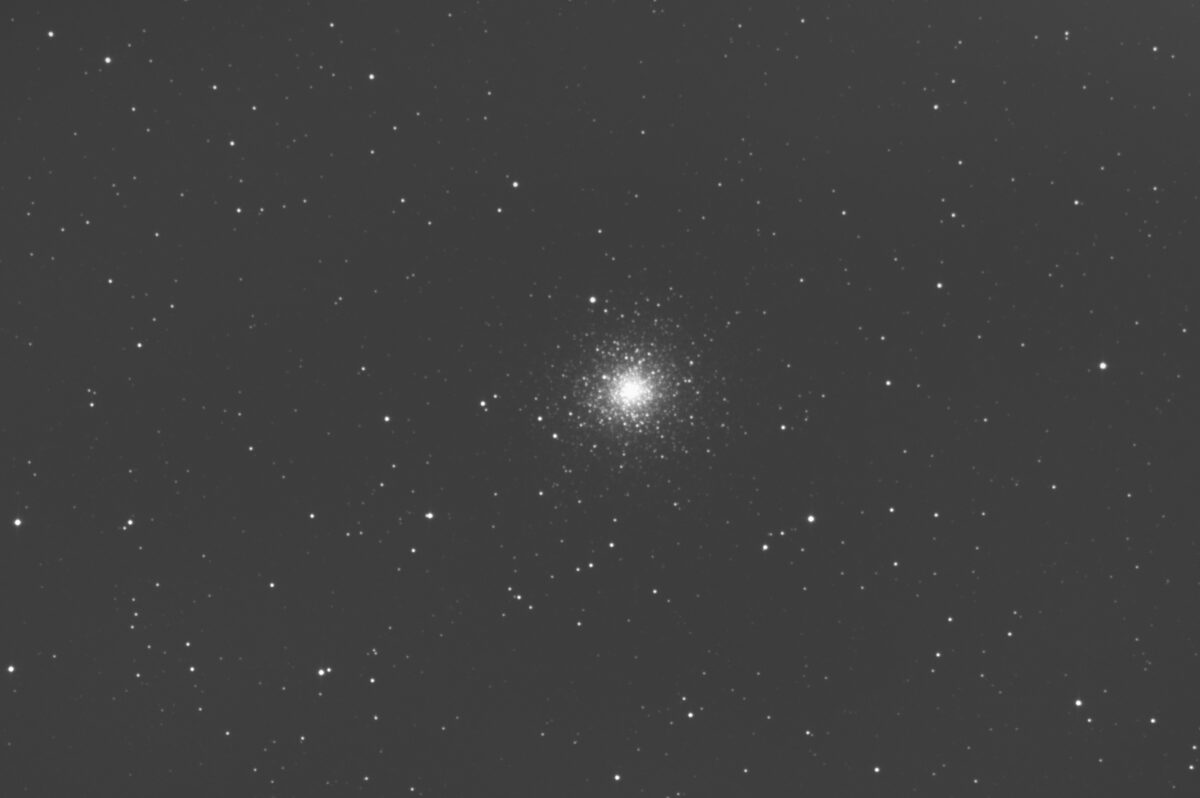
-
The Cocoon nebula
Read more: The Cocoon nebulaThe Cocoon nebula or IC 5146 is a nebula about 15 light years large.

-
The rotation of Jupiter
Read more: The rotation of JupiterIn this sequence of 4 frames of Jupiter on the night of 9-10 August 2021 in a time span of about 30 minutes it is possible to see the rotation of the planet.The north pole is at the bottom left.
-
M 27
Read more: M 27This is M 27 or NGC 6853, also known as the Dumbell nebula.It is a planetary nebula in the constellation Vulpecula, a rest of a supernova explosion.

-
My first photo of Saturn
Read more: My first photo of SaturnThis is my first photo of Saturn on 6 July 2021 at 00:48 Italian time; you can see the empty space between the ring A and B, known as Cassini Division.
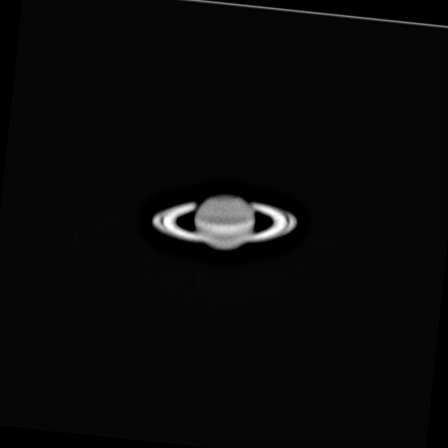
-
My first photos of Jupiter
Read more: My first photos of JupiterHere are some photos of Jupiter, in black and white; if I had a color camera, the vision would certainly more impressive.The first two photos were taken on June 27, 2021 at 01:18 and 02:07 Italian time and it is possible to see the rotation of the planet which takes about 10 hours.
